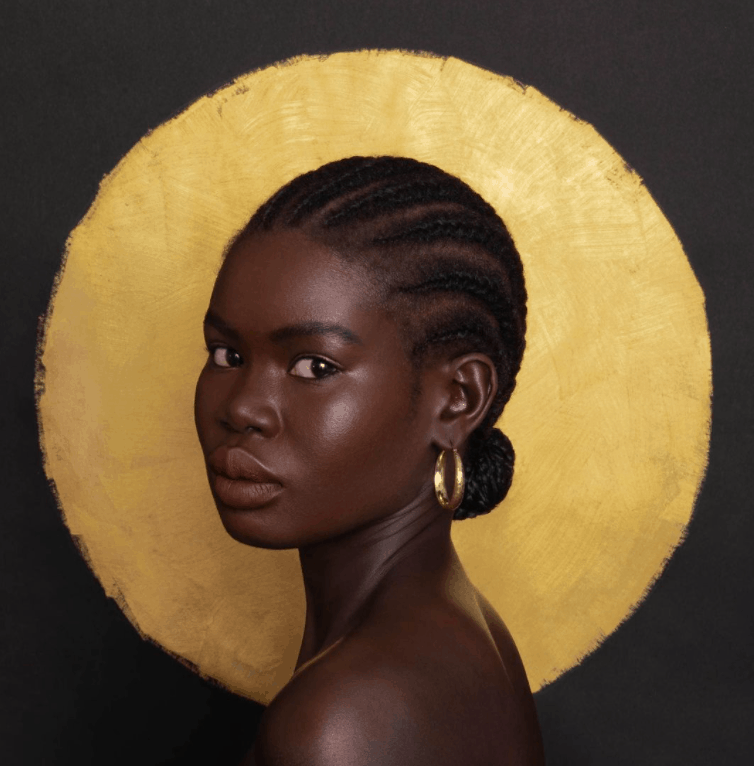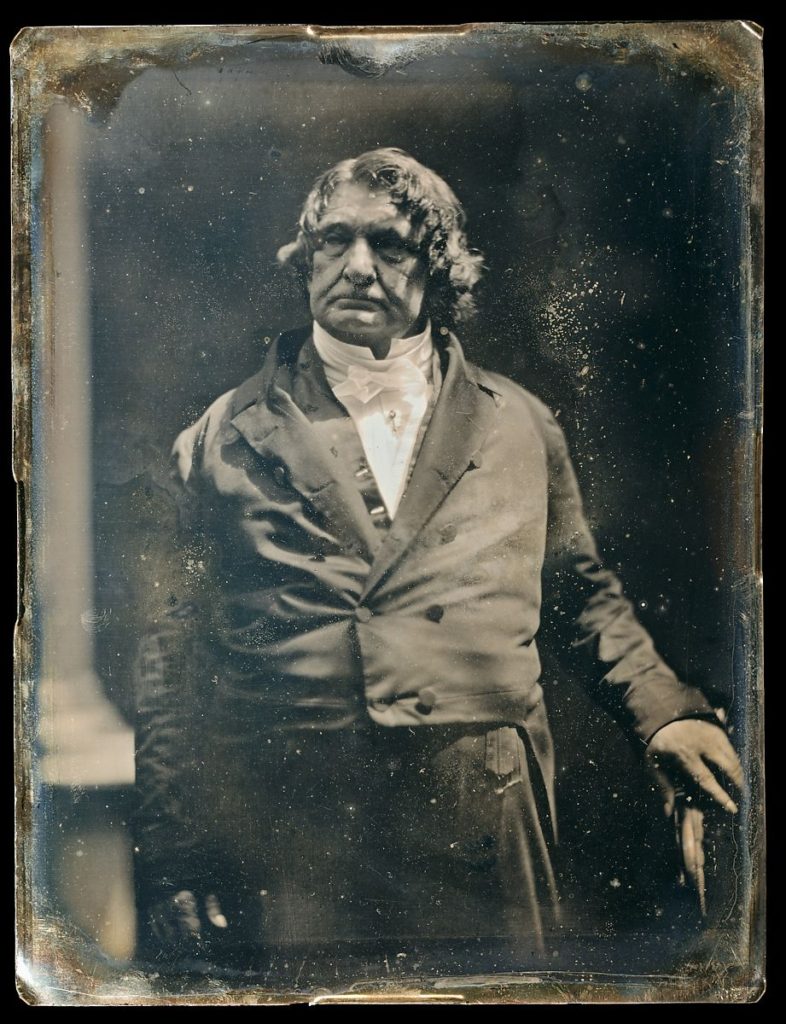Portrait photography, or portraiture, is a type of photography aimed toward capturing the personality of a person or group of people by using effective lighting, backdrops, and poses. A portrait photograph may be artistic or clinical. Frequently, portraits are commissioned for special occasions, such as weddings, school events, or commercial purposes. Portraits can serve many purposes, ranging from usage on a personal web site to display in the lobby of a business.
Portrait photography has been around since Louis Daguerre invented the daguerreotype in 1839—the same year that Robert Cornelius aimed the camera at himself and took what is widely believed to be the first self portrait photograph ever, laying the groundwork for portrait photography to emerge as its own art form.
History of Portrait Photography
Portrait photography has had a long and varied history since Louis Daguerre introduced the photographic process in 1839. In that same year, Robert Cornelius produced what’s considered the first photographic self-portrait. Photography has served many purposes, mainly to commemorate occasions and periods in history.
In 1839, Robert Cornelius, who was a pioneer of photography, was able to make the first ever portrait or photograph of a person. He did so by setting a camera in the back of his dad’s gas lamp-importing business on Chestnut Street in the centre of the city of Philadelphia.

Edwin H. Land
Edwin Herbert Land was an American scientist and inventor, best known as the co-founder of the Polaroid Corporation. He invented inexpensive filters for polarizing light, a practical system of in-camera instant photography, and the retinex theory of color vision, among other things.

Edwin H. Land 
On 21 February 1947, Edwin Land demonstrated his one-step instant camera and film at a meeting of the Optical Society of America. Less than two years later the Polaroid Camera Model 95 and Type 40 Land film were on sale at the Jordan Marsh department store in downtown Boston at a cost of $89.75: it weighed 4 lb.







